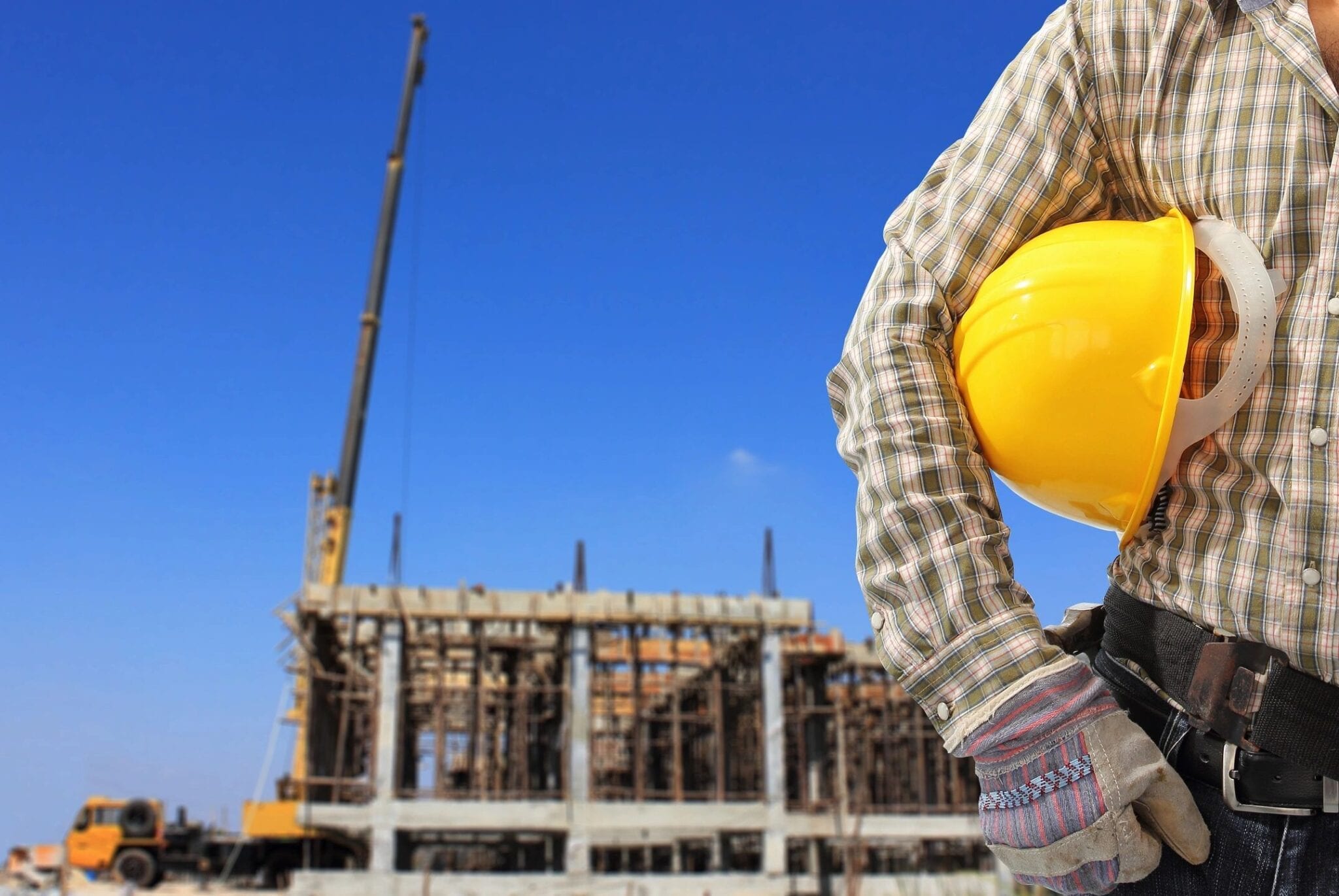
Modern Slavery Underpins the Global Construction Industry
Unbeknownst to the people who live in, use, finance, design, and construct them, many buildings are made with materials that are produced with slave labor.
Modern slavery, according to a new report, is a shockingly common part of the global supply chain that underpins the construction industry. Spreading from forests to factories, impoverished countries to highly developed ones, materials as common as steel, two-by-fours, and copper are produced in places where forced labor and slavery are entrenched practices. For the U.S. market, the world’s second-biggest importer of wood products, illegally harvested timber winds its way from countries such as Russia through others such as China before ending up in buildings and home improvement stores from coast to coast.
It’s a problem that’s been happening right under the construction industry’s nose, according to Sharon Prince, CEO and founder of Grace Farms Foundation, a humanitarian organization in New Canaan, Connecticut, that instigated the report. Prince became interested in the building materials supply chain around 2015 during the process of constructing the foundation’s headquarters, a building designed by architecture firm SANAA that flows across its undulating site.
Given the opacity of the global supply chain and the disparate nature of the construction industry, hard numbers are difficult to track. The report notes that an estimated 25 million people are victims of forced labor or modern slavery, and more than 150 million children are subjected to some form of child labor. The reasons behind forced labor range from debt bondage to state-ordered work to violent coercion. According to a 2017 report on modern slavery, 18% of forced labor occurs in the construction industry—directly constructing buildings or involved in the mining, harvesting, and production of the materials that make up the built world.
Alarmed by the scale of this issue, Prince set out to try to stop these illegal practices by bringing them into the open for the architects, builders, and developers who’ve been their unwitting enablers. More than 60 industry partners joined her to write the new report on forced labor. “This is why there’s such a quick uptake from industry leaders, because no one was able to answer that question of whether or not our buildings are made slave-free once I asked it,” Prince says.
Together with these partners, Grace Farms Foundation has formed Design for Freedom, a movement that’s hoping to bring more transparency to the building supply chain by making the sometimes illegal labor practices behind these materials better known. “It’s not just someone working longer hours—it’s enslavement,” says Prince. “We’re putting out a very concerted effort to make it known, so there’s culpability. Once you know, you can’t un-know it. It’s a different level of responsibility.”
The goal is to use this knowledge at every level of the construction industry to push for more information about material sources and the labor practices behind them, as well as contractual standards that ensure the use of only legally produced material. In the same way that products are marketed as sustainably produced or buildings are certified as energy efficient, Prince says vetted building materials—and the buildings themselves—can be stamped slavery-free.
Read more here.
